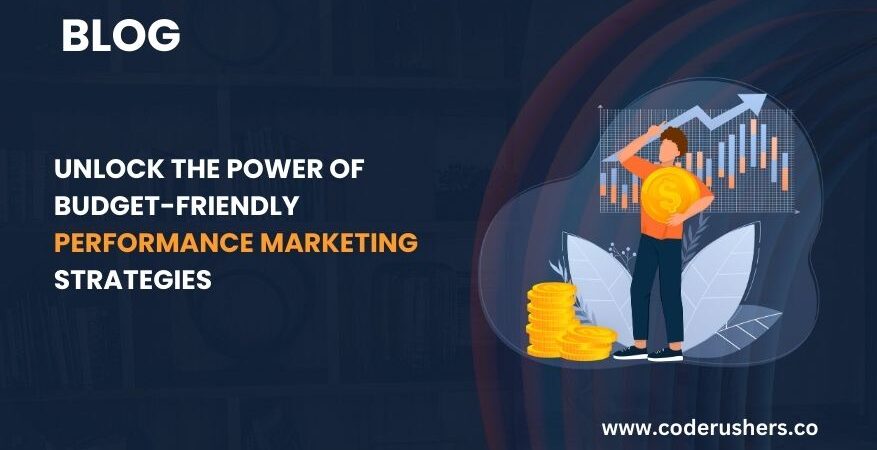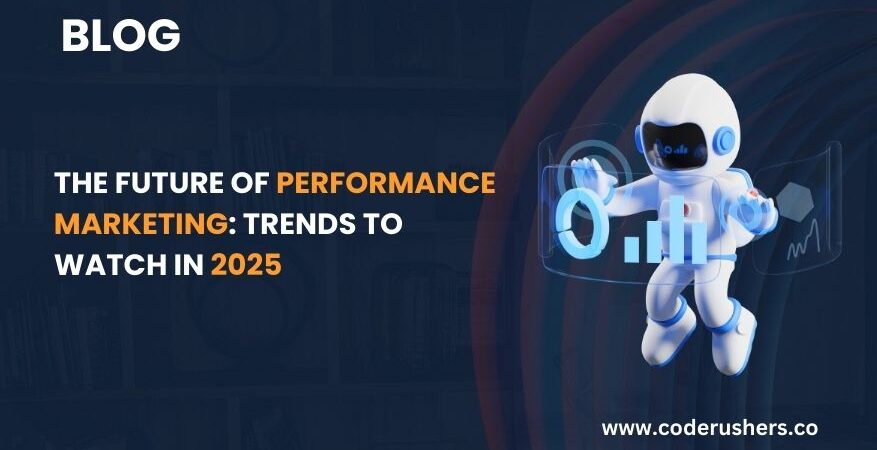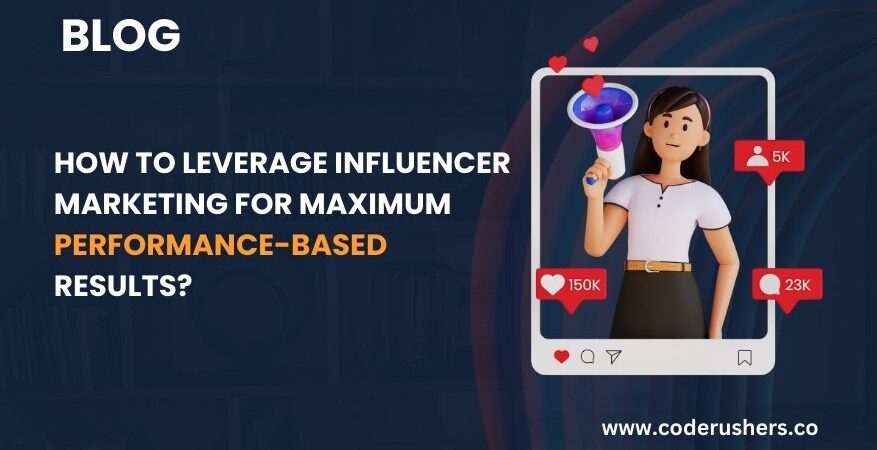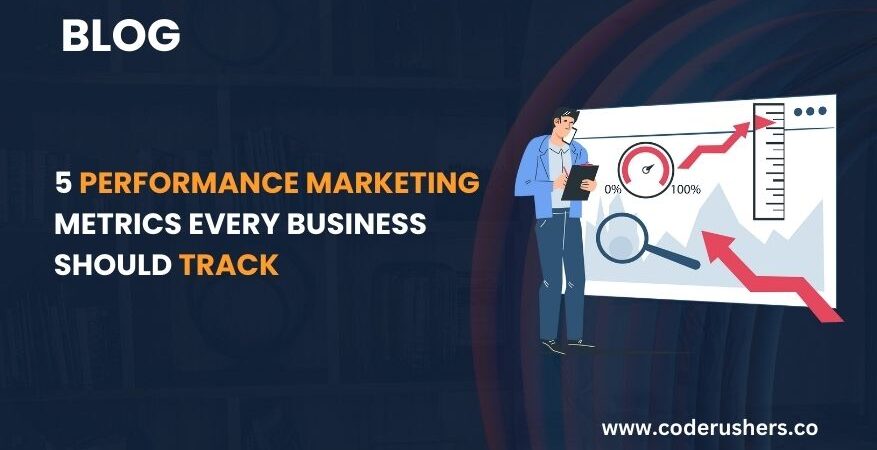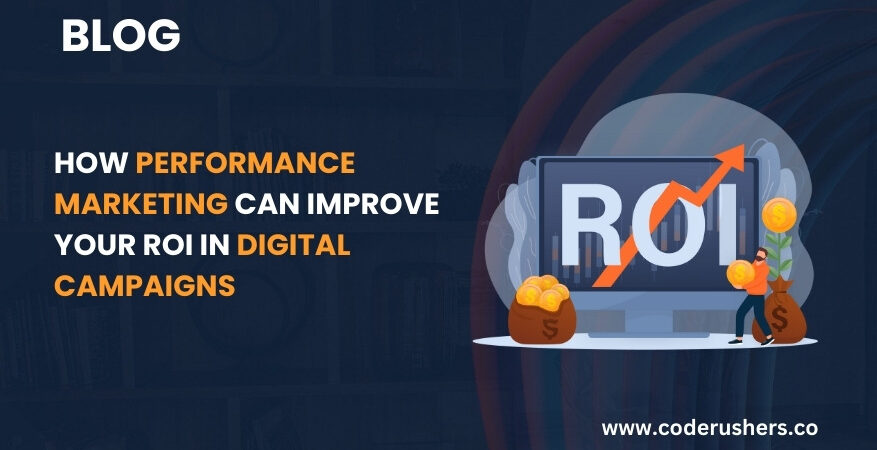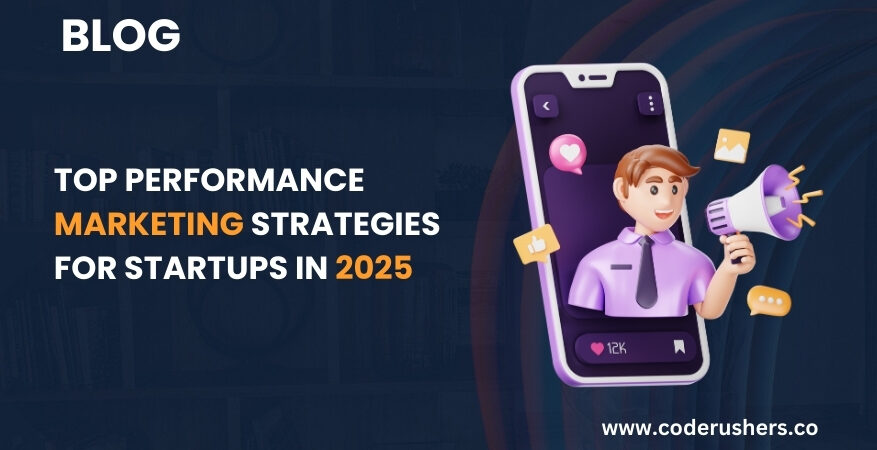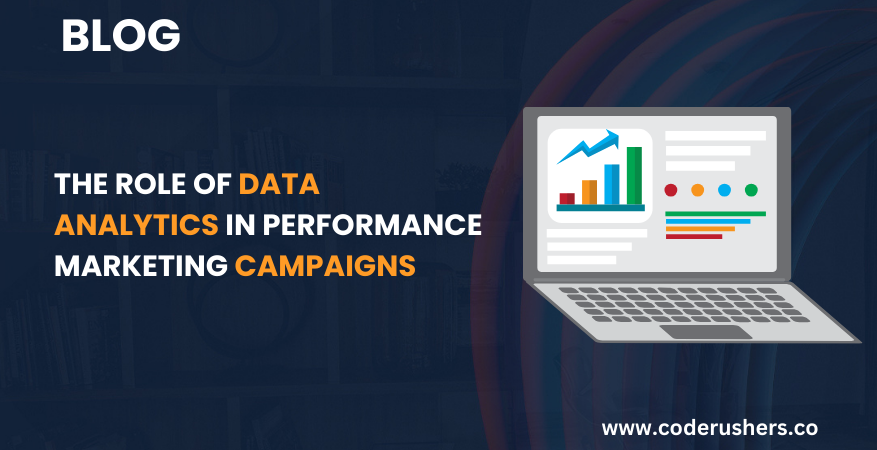
The Role of Data Analytics in Performance Marketing Campaigns
Ever wondered why some brands crush their marketing goals while others struggle to get clicks? The secret isn’t luck, they utilize data analytics in performance marketing. If you’ve ever invested time and money in a marketing campaign that didn’t perform as expected, you’re not alone. The truth is that even the most creative ads or well-crafted messages fall flat if data don’t support your strategies. What is the difference between a struggling campaign and a high-performing one? The ability to track, analyze, and optimize in real time. Right now, businesses that use data-driven strategies are 23 times more likely to acquire customers and 6 times more likely to retain them. If you’re not tracking and analyzing your campaign’s performance, you’re leaving money on the table. Let’s explore how data analytics can transform your performance marketing and help you stay ahead. Key Players of Data Analytics in Performance Marketing In today’s competitive marketing landscape, relying on traditional marketing strategies is no longer an option. Performance marketing mixed with data analytics empowers marketers to make informed decisions, optimize campaigns, and maximize returns. Let’s explore the key players of data analytics in performance marketing and how each one plays a crucial role in driving success. 1. Performance Marketing Insights On Customers Firstly, you have to know your customers deeply. This is one of the most valuable aspects of data analytics, which reveals your customer behaviors, preferences, and buying patterns. By analyzing data from website visits, social media interactions, and purchase history, you can clearly see what your audience wants. Why It Matters: Performance marketing strategies allow you to know your audience and create highly targeted campaigns that resonate with them. Studies show that businesses that perform marketing data analysis experience a 20% increase in sales. How to Apply It: Use marketing automation tools to collect and analyze customer data across channels. Leverage big data in marketing to identify trends and predict customer needs. Adjust messaging based on behavioral triggers (e.g., abandoned carts and frequent page visits). 2. Campaign Data Tracking Running campaign ads without ad performance tracking is like shooting arrows in the dark. Data analytics in performance marketing campaigns helps you track key metrics like conversion rate, cost per acquisition (CPA), and return on investment (ROI) to ensure you which campaign is working efficiently and what necessary changes are re campaigns perform efficiently. Why It Matters: Optimizing your campaign based on data insights can reduce ad spend waste and improve ROI with performance marketing. Research suggests that data-driven marketers are 6 times more likely to achieve a competitive advantage. How to Apply It: Use ad performance tracking to identify which creatives, keywords, and platforms drive results. Test different ad formats and landing pages to see what drives the best conversions. Identify and eliminate underperforming keywords or audiences. 3. Audience Segmentation Not all customers are the same. Moreover, treating them as a single group can lead to wasted marketing efforts. Audience segmentation allows you to divide users into smaller, specific groups based on demographics, interests, and online behavior for more personalized messaging. Why It Matters: Research shows that targeted advertising based on segmentation can increase conversion rates by 202% How to Apply It: Use CRM data to create customer segments based on purchase history. Set up retargeting campaigns for users who interacted with your website but didn’t convert. Send hyper-personalized email sequences based on predictive analytics. 4. Predictive Analytics Predictive analytics uses historical data and machine learning algorithms to forecast future consumer actions. It’s like a magic tool for marketers, allowing them to anticipate demand, customer churn, and emerging trends before they happen. Why It Matters: Businesses using predictive analytics report higher customer retention and up to 30% improved efficiency in ad spending. How to Apply It: Use AI-powered marketing automation platforms to personalize offers based on real-time user behavior. Analyze seasonal trends to plan marketing budgets and promotions in advance. Identify potential customer drop-off points and address them proactively. 5. A/B Testing A/B testing (or split testing) involves running controlled experiments to compare variations of ads, landing pages, or emails to determine which performs better. It’s a scientific way to eliminate guesswork and refine the performance of campaign marketing strategies. Why It Matters: Even slight changes in ad copy, design, or CTAs can lead to significant improvements. Studies show that A/B testing can boost conversion rates by 49%. How to Apply It: Test variations of campaign data tracking elements (e.g., headlines, visuals, CTA buttons). Compare engagement rates and ad performance tracking metrics. Use insights to implement the highest-converting version across your campaigns. 6. Attribution Modeling Attribution modeling helps determine which marketing channels contribute the most to conversions. By analyzing touchpoints in the customer journey, you can allocate budget more effectively and refine your marketing mix. Why It Matters: Without attribution modeling, you might overinvest in one channel while underestimating the impact of another. Companies using multi-touch attribution report a 15-35% increase in marketing efficiency. How to Apply It: Use Google Analytics or campaign data tracking tools to analyze customer touchpoints across multiple platforms. Compare different attribution models (first-click, last-click, linear) to see which gives the most accurate picture. Optimize ad spend based on data-driven decisions, not assumptions. Final Thoughts: Why Data Analytics is Your Competitive Advantage? Now, you’ve got a clear idea of why data analytics in performance marketing is so important for staying ahead of your competitors. Performance marketing without data is like sailing without a compass, you won’t know where you’re headed. With data analytics, you can make smarter decisions, optimize your budget, and fulfill your goals to stand out in this digital landscape. Whether it’s understanding your audience, refining campaigns, or predicting trends, leveraging data is no longer optional, it’s a necessity. Your competitors are already using data analytics, are you? Let Code Rushers help you optimize your campaigns with performance marketing before it’s
Explore More
